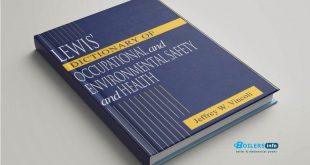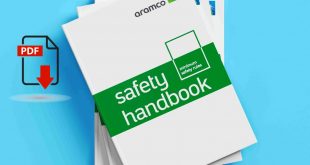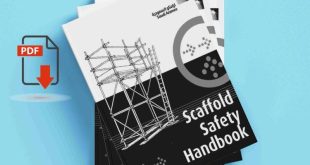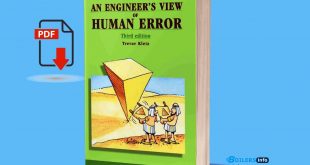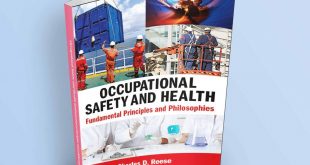PPE for Chemical, Biological, and Radiological Hazards
Personal Protective Equipment (PPE) is essential in mitigating the risks posed by chemical, biological, and radiological (CBR) hazards in various workplaces. These hazards require specialized protective gear that goes beyond standard safety equipment due to their unique and often invisible dangers. The choice of PPE for chemical, biological, and radiological hazards is crucial in preventing exposure to harmful substances that could result in severe health consequences. This article outlines the specific types of PPE designed to protect workers from these three categories of hazards, detailing the equipment used for each and the considerations involved in selecting the appropriate protective gear.
PPE for Chemical Hazards
Chemical hazards pose significant risks due to the toxic, corrosive, and reactive nature of certain substances. Exposure to chemicals can occur through inhalation, skin contact, or ingestion, making it critical to select the right PPE to minimize these risks.
- Respiratory Protection: Chemical exposures often involve airborne contaminants such as toxic gases, vapors, fumes, or dusts. Respirators, such as full-face or half-face masks with specific cartridges (e.g., organic vapor, acid gas, or particulate filters), are essential. In high-risk environments, powered air-purifying respirators (PAPR) or self-contained breathing apparatus (SCBA) may be required to provide clean air independent of the surrounding atmosphere.
- Protective Clothing: Chemical-resistant suits, gloves, and footwear are designed to protect the skin from harmful substances. The material of these garments—such as neoprene, nitrile, or Tyvek—varies based on the chemicals being handled. For example, neoprene is effective against oils, while Tyvek is used for protection against dust and particulates.
- Eye and Face Protection: Safety goggles or face shields are essential for protecting the eyes from chemical splashes, vapors, or fumes. In scenarios where there is a risk of chemical exposure to the face, full-face respirators or face shields with chemical-resistant coatings may be required to prevent skin irritation and long-term damage to the eyes.
PPE for Biological Hazards
Biological hazards involve exposure to infectious agents like bacteria, viruses, fungi, or parasites, which can lead to serious diseases. PPE for biological hazards focuses on preventing direct contact with these pathogens.
- Gloves: Nitrile or latex gloves are commonly used to protect hands from contamination when handling biological materials. In high-risk situations, such as working with highly infectious agents, double-gloving and specialized gloves with reinforced layers may be necessary.
- Protective Clothing: When working in high-contamination areas or handling infectious substances, workers wear full-body protective suits such as biosafety level (BSL) 3 or 4 containment suits. These suits are designed to prevent any contact with biological agents and are often equipped with gloves and integrated footwear protection.
- Respiratory Protection: Biological hazards often require respiratory protection in situations where airborne pathogens are a risk. N95 respirators, or more advanced PAPR units, are used to filter out airborne biological particles. In high-risk settings, such as laboratories or medical environments, HEPA filters are essential for ensuring that no airborne pathogens can bypass the respiratory protection.
- Eye and Face Protection: Goggles or face shields are essential when working in environments where biological aerosols may be generated, such as in laboratories handling cultures of viruses or bacteria. The combination of goggles with a full-face respirator is often necessary to provide complete protection from splashes and airborne biological agents.
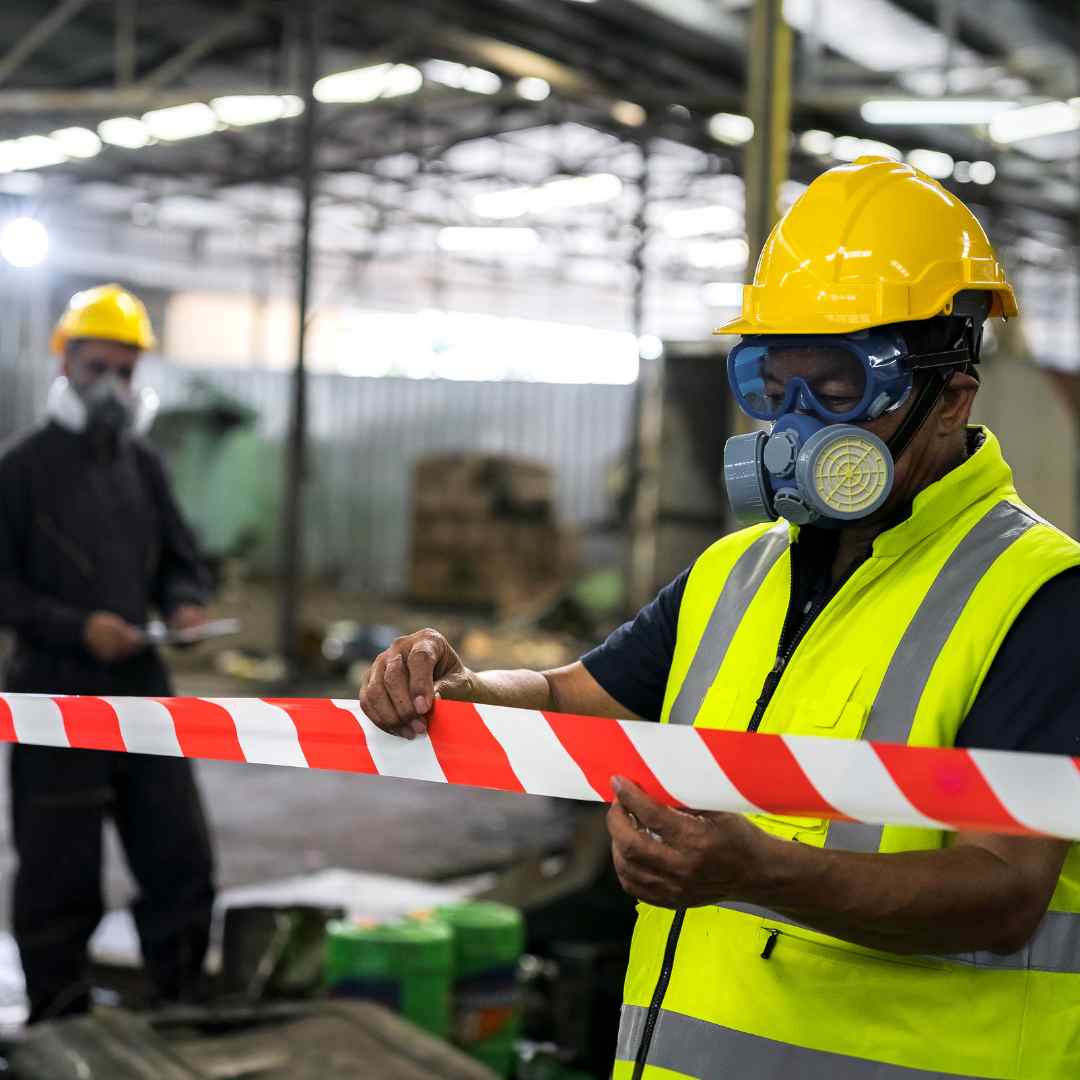
PPE for Radiological Hazards
Radiological hazards include ionizing radiation from sources like nuclear materials, x-rays, and radioactive isotopes. Exposure to radiation can lead to severe health effects, including radiation burns, cancer, and genetic damage. PPE for radiological hazards is designed to shield workers from radiation exposure.
- Radiation Shielding Clothing: Lead aprons and vests are used to shield the body from ionizing radiation. These materials are dense enough to block or absorb harmful radiation. For work in high-radiation environments, workers may use full-body lead-lined suits or radiation-proof garments.
- Respiratory Protection: In situations where radioactive particles are airborne, workers may need to use respirators or PAPRs equipped with HEPA filters to prevent inhalation of radioactive dust or gases. These are particularly important in nuclear plants or areas where radioactive materials are being handled or stored.
- Gloves: Gloves made from materials like lead or rubber are worn to prevent direct skin contact with radioactive materials. In environments with highly contaminated surfaces, gloves with additional layers of protection are essential.
- Dosimetry: While not strictly PPE in the traditional sense, dosimeters are worn by workers to monitor radiation exposure. These devices measure the amount of radiation exposure received by the worker, ensuring that they do not exceed safe limits.
- Eye Protection: Radiation goggles with leaded lenses may be used to protect the eyes from direct exposure to radiation. In addition to shielding, these goggles help prevent contamination from radioactive materials that could affect the eyes or facial skin.
PPE Selection and Considerations
Selecting the appropriate PPE for chemical, biological, and radiological hazards requires careful consideration of the specific hazards present, the level of exposure, and the duration of the task. Key factors include:
- Hazard Assessment: A thorough hazard analysis must be conducted to identify the specific risks involved and the appropriate PPE needed for each. This includes determining the type of chemicals, biological agents, or radioactive materials being handled, as well as the environmental conditions (e.g., airborne exposure, splashing, etc.).
- Compatibility: PPE must be compatible with other protective gear. For instance, when using respiratory protection, it is essential to ensure that goggles or face shields do not interfere with the seal of the respirator.
- Fit and Comfort: Proper fit is essential for ensuring the effectiveness of PPE. Ill-fitting gear may leave areas exposed to harmful agents. PPE should also be comfortable to wear for extended periods, especially in environments where workers may face long shifts.
- Maintenance and Disposal: PPE used for chemical, biological, and radiological hazards must be properly decontaminated, maintained, and disposed of after use. Contaminated gear poses a secondary hazard and must be safely managed to avoid further exposure.
Conclusion
PPE designed for chemical, biological, and radiological hazards is critical in protecting workers from life-threatening exposures. Whether dealing with toxic chemicals, infectious agents, or harmful radiation, appropriate PPE safeguards health and minimizes the risk of contamination. Understanding the specific requirements for each type of hazard and using the right protective equipment is essential for maintaining safety in hazardous environments. Regular training, proper usage, and maintenance of PPE are vital to ensuring its effectiveness in protecting workers.
 Boilersinfo Boiler and Mechanical Power Digital Library
Boilersinfo Boiler and Mechanical Power Digital Library
